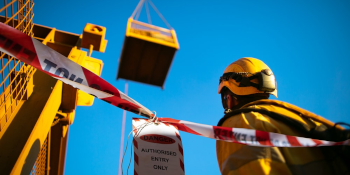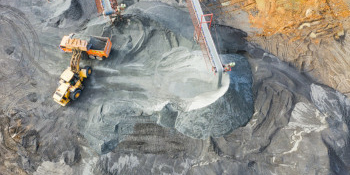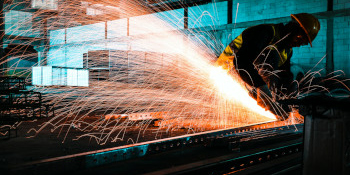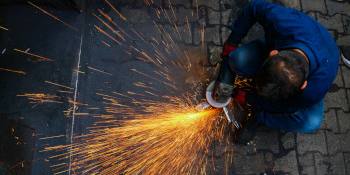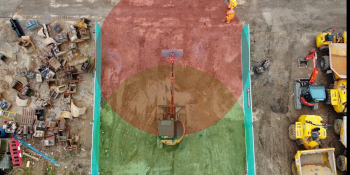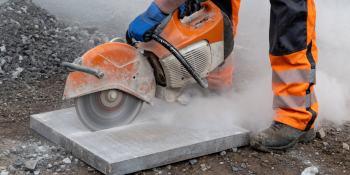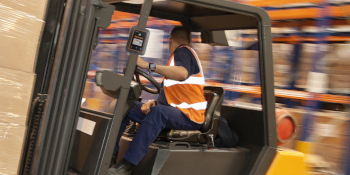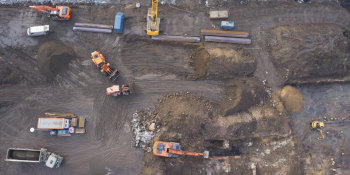Silica Dust Exposure in Construction
Each year in the UK, about 12,000 people die from diseases linked to past exposure to dust at work, and over 600,000 workers are exposed to silica dust - with 81% of those exposed being employed in construction or manufacturing.
Silica dust, in particular, is an incredibly dangerous type of dust: In fact, according to the Health and Safety Executive (HSE), silica is the biggest risk to construction workers after asbestos. Silica itself is a common mineral that’s found in stone, rock, sand, gravel, and clay. When it’s not inhaled, it’s not dangerous to humans. But when silica becomes crystalline silica (silica dust), it becomes very hazardous to our health. Crystalline silica is a known carcinogen (meaning it can cause cancer in humans), but another reason it’s so harmful for construction workers is simply that it’s everywhere on most construction sites where dust is created from working with bricks, mortar, tiles, or even simply sweeping.
Like health problems caused by exposure to vibration or noise, dust is often dangerous when exposure is cumulative. The harm caused by exposure to dust ranges from skin irritation to cancer, and it’s difficult to determine what dust - or how much - will cause which problems in any person. In the case of exposure to silica dust, specifically, a potentially debilitating disease called silicosis can occur, which has been estimated to cost employers in the UK construction industry over £1 million per year.
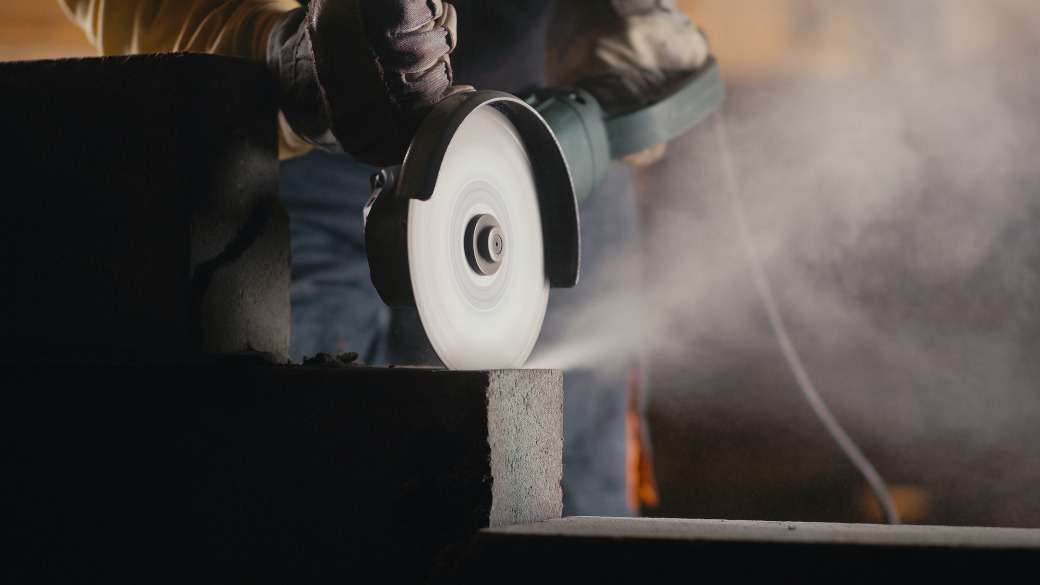
Who is impacted by regulations concerning exposure to dust in the workplace?
When we think of the construction workplace - especially when it comes to regulated environments - we tend to think of larger-scale projects with teams of workers. But there are thousands of other workers who are impacted by exposure to harmful dust of all kinds.
Reactec’s partner in dust monitoring technology, Trolex, recently spoke with builder Tommy Walsh about the dangers of dust inhalation, especially for smaller crews. Per Tommy, “over half of the country’s construction is done by small builders and ‘one-man-band’ outfits.” He continued, “Air quality has always been a secondary concern to them, as they don’t know enough about it . . . “ This is important because - even though self-employed workers or small teams may not have the same processes or technologies in place to monitor and mitigate exposure to risk from workplace hazards - they are held to the same standards as other duty holders or employers, per the HSE.
Why dust monitoring technology is the most effective way to monitor and mitigate exposure to harmful dust in the workplace
When it comes to monitoring the risk from exposure to dangerous dust, like silica dust, personal monitoring is key to ensuring the health and safety of workers. This is because there are different types of dust and hugely varying levels of exposure to dust across workplaces and teams. Exposure levels depend on specific job activities and the effectiveness of dust suppression used, which varies from person to person. For these reasons, there is no effective one-size-fits-all solution.
Professional assessments of dust in the workplace, on their own, are inadequate to combat the risks caused by exposure to harmful dust: these assessments only take a snapshot of the type and amount of dust in the workplace, which isn’t accurate enough to meaningfully assess and address an individual workers’ exposure. For example, this kind of assessment might show that there is a relatively low amount of silica dust in a workplace, without taking note of the fact that several workers closely interact with it every single day.
That’s why personal, real-time monitoring is an easy, effective way to ensure that a worker’s actual exposure to harmful dust is adequately monitored.
Through Reactec’s partnership with Trolex, a leader in safety technology for harsh environments, teams throughout the UK can take a proactive, comprehensive approach to dust monitoring that leaves nothing to chance. The Trolex suite of dust monitors provide organisations with lightweight, easy-to-use technology that reduces cost, accelerates speed to insight, and drives better business outcomes.
Get Connected. Stay Protected.
To learn more about dust monitoring capability, contact a member of the team:
Get in Touch
